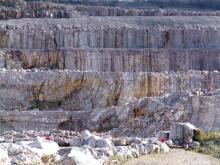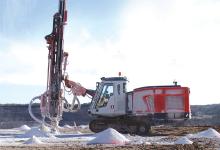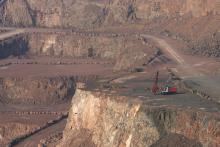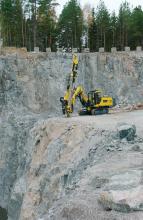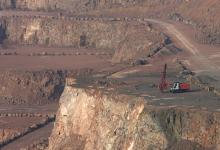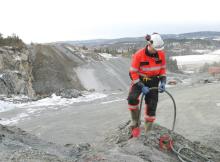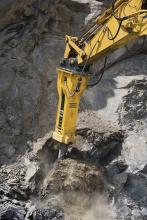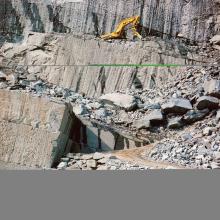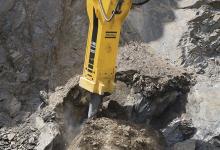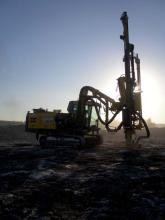
Sandvik has been working on building a new approach to training for drill operators, which it claims benefits the overall production within the quarry.
"We used to just offer start-up and technical training when we delivered a new rig to familiarise operators with the new features on a rig and show them how to use and maintain it on a daily basis," explained
"The new style of training is adaptable and is more of a continuing professional development for drill operators and can be designed for new operators or to help hone the skills of existing operators," said Kotro. "The aim behind the in-depth training is to enable the operators to understand their role within the quarry process, so it goes beyond just the function and operation of the rig.
"In addition to the drilling aspects, the training also sheds light on charging of the blast holes, blasting, loading, hauling and crushing and screening. Through this we hope that the drill operators will understand how significant their role is in the process and see how accuracy in drilling can have a positive impact on the overall efficiency of the quarry.
"For many drillers the focus is on their production rate - how many metres of hole they can drill per hour - rather than the accuracy of their work. But through the training they will start to see how the quantity rather than quality approach can impact on blasting and the knock-on effect of that on all the other operations in the quarry." According to Kotro, the kind of problems quarries using less-skilled operators can experience may include shorter tool life and hole deviations. "They often find it difficult to maintain control when the rock conditions change," he said. "How they notice and react to the change is critical. Moving into a fractured zone of rock can cause the hole to collapse and through not recognising the problem early enough, they can make it worse or cause damage to the rig.
"Part of the skill of operating a drill rig is listening to the noises it makes and reacting accordingly," said Kotro. Until now that is something that it has only been possible to learn through experience, but Sandvik has developed a simulator to help put drill operators through their paces under a variety of ground and technical conditions so they can cope better when it happens on site.
Sandvik's drill rig simulator, which is based on the new DPi series drill rigs, is central to the company's new approach to training. The idea is to give new and experienced operators a chance to learn about how the rig operates without risking damage to expensive new equipment.
Sandvik delivered the first simulator to Finland's adult education organisation, which undertakes driller training, earlier this year. "The feedback from new drillers and the trainers who have used the system has been very positive," said Kotro.
The system is also being used to improve the skills of operators who are about to start work on opening up Finland's new Talvivaara Mine, where overburden is currently being stripped, ahead of delivery of three new Sandvik DP1500i rigs.
"According to the operators who have been through the newer style of training, including use of the simulator, it is much easier for them to make the transition from the classroom and onto the quarry site," said Kotro. "Not only are they more confident in how to carry out work with the rig, but they are also better prepared to cope with the safety and physical conditions on site. Productivity is also much higher from the outset as there is less of a learning curve for them." Sandvik plans to make the operator training widely available and will be developing new training simulators in line with its new rig roll out plans. "The simulator is currently built around the DPi operating system but others will follow," said Kotro.


